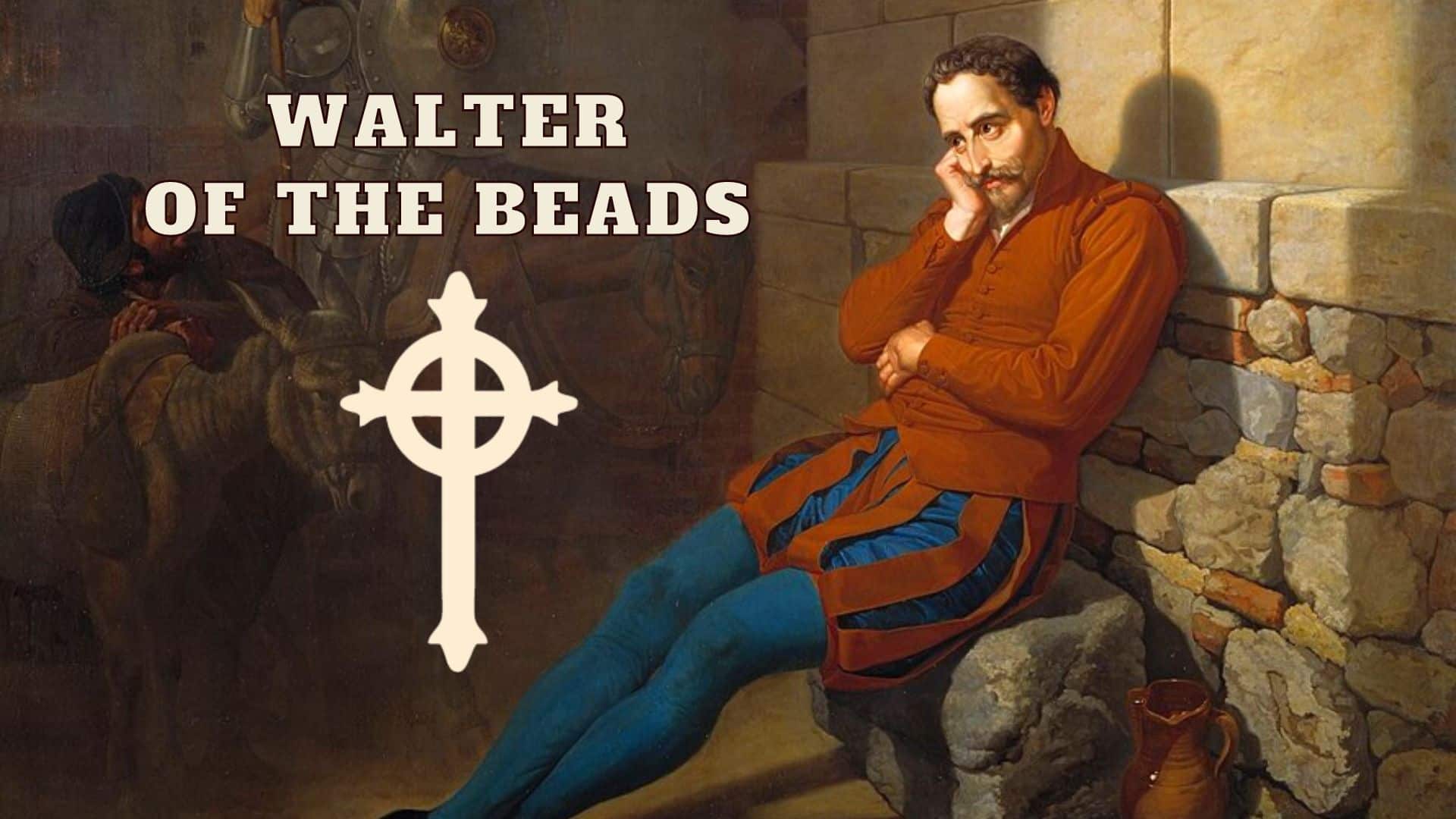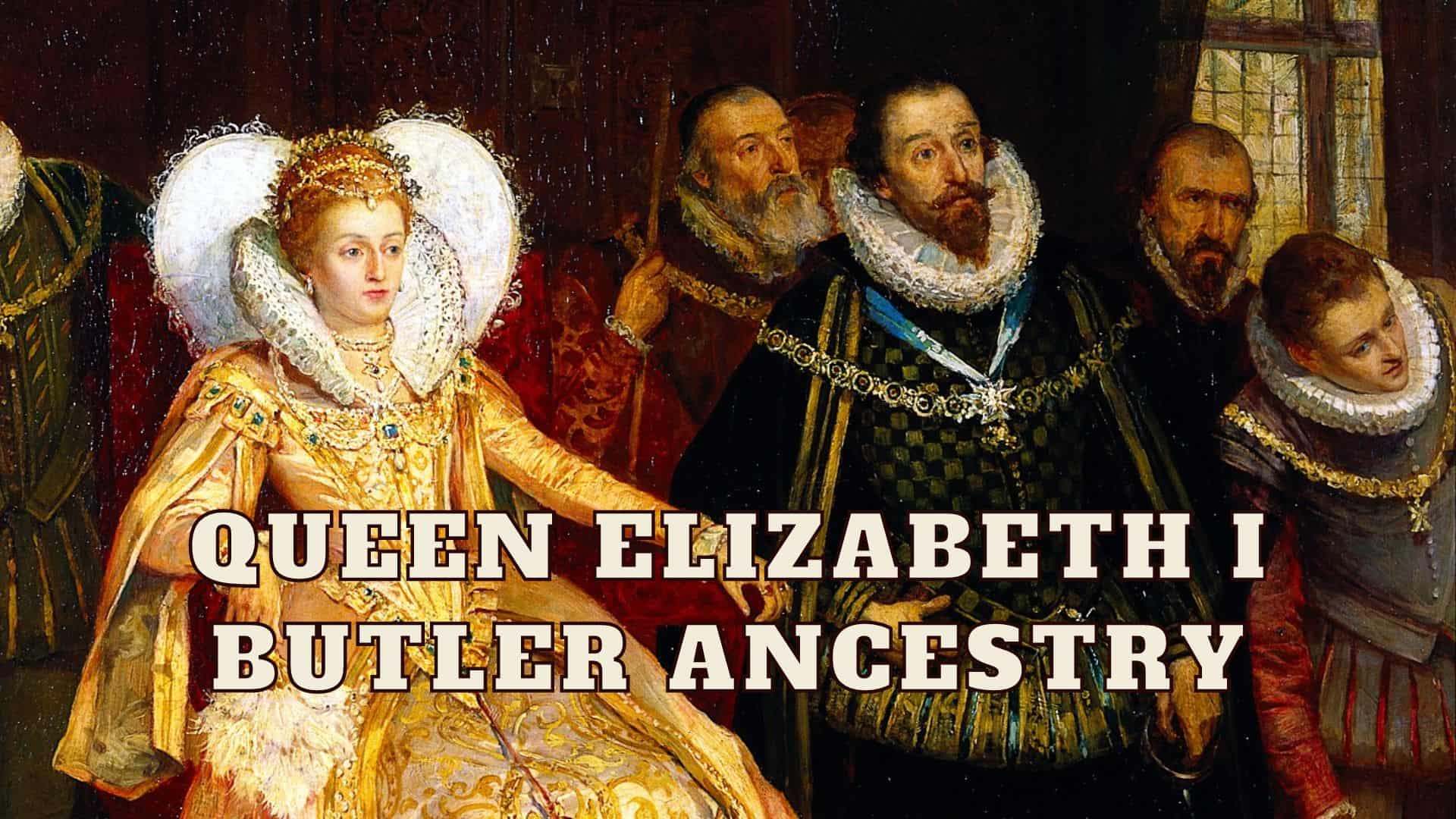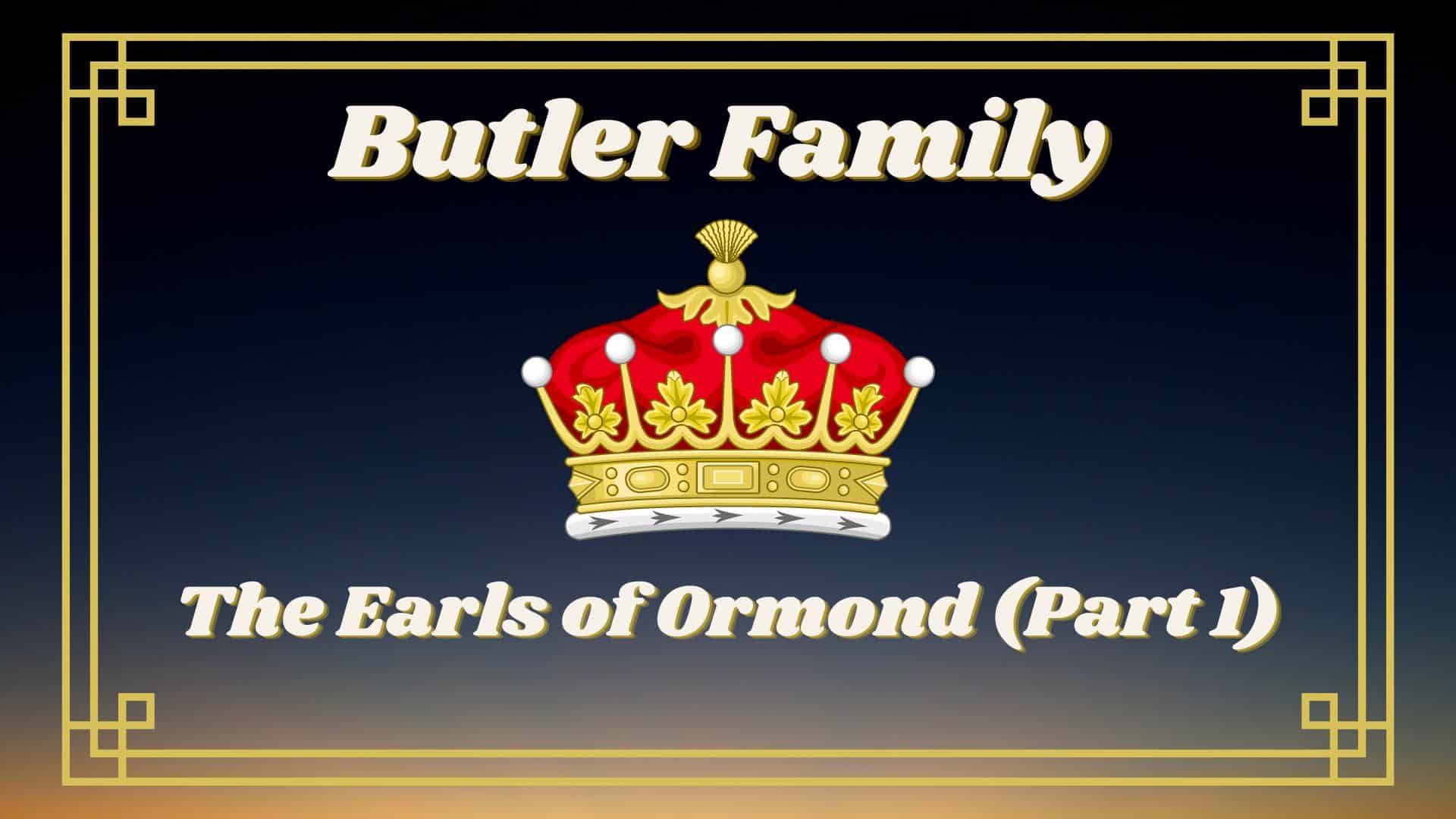
On this day in 1315, King Edward II granted manors in Carrick-on-Suir and Roscrea to Edmund Butler, the 6th Chief Butler of Ireland, as a reward for his loyalty and service. This move had a significant political impact on generations of the Butler family and Ireland as a whole.
Edmund Butler: 6th Chief Butler of Ireland
Born around 1268 and passing away in 1321, Edmund Butler was the second son of Theobald Butler, the 4th Chief Butler of Ireland. He inherited his father’s estates and titles in 1299 after the death of his childless elder brother, Theobald, who was the 5th Chief Butler of Ireland.
Edmund was more than just a nobleman content with his inherited status; he played an active role in the governance of Ireland. He served multiple terms as the Justiciar of Ireland, the chief governor responsible for administering justice and overseeing governance in the region.
The O’Byrne Clan: A Thorn Removed
During his tenure as Justiciar of Ireland from August 1312 to June 1314, Edmund Butler successfully subdued the O’Byrne clan in Leinster. The O’Byrnes were a powerful Irish clan that had been a thorn in the side of the English administration. Edmund led a military expedition against them, capturing key strongholds and forcing the clan to submit to English authority. This achievement not only stabilized the region but also extended English rule, earning him considerable favor from the crown.
Leadership During the Scottish Invasion (1315-1318)
Edmund’s leadership skills faced a significant test during the Scottish invasion of Ireland, led by Edward Bruce, the brother of Robert the Bruce, King of Scotland.
Despite challenges such as limited royal authority, financial constraints, and divisions among the Anglo-Irish nobility, Edmund played a crucial role in organizing Ireland’s defense. He rallied local lords and even negotiated with Irish clans to garner support against the invading Scots.
While some battles were lost, Edmund’s efforts prevented a complete takeover by the Scottish forces. His loyalty and willingness to serve in multiple roles contributed to his ongoing favor with King Edward II.
Strategic Rewards From King Edward II
On September 1, 1315, King Edward II bestowed upon Edmund Butler a series of significant rewards that would forever change the trajectory of the Butler family and their role in Ireland.
Manors
In the context of medieval England, a manor was a unit of land and jurisdiction over which a lord had legal and economic control. It served as the basic administrative unit of the feudal system and could include one or more villages along with the surrounding lands.
Now, imagine the significance of such a unit of land when granted by a king to a loyal subject. In Lincoln, England, a formal legal record known as a patent was issued to Edmund Butler. This patent included a charter granting him control over two key properties: the castle and manor of Karryk Macgryffin, now known as Carrick-on-Suir, and Roscrea Castle, a fortress with a history dating back to the 13th century. This royal gesture was not just a reward but a calculated move, further elevating the Butler family’s role in the Anglo-Norman administration of Ireland.
Carrick-on-Suir, in particular, was a jewel in the Butler estate. It provided not only a stronghold but also considerable income and strategic importance. The castle remained in the family until the late 17th century when it was confiscated by the English crown following the Williamite War. Though later returned, it was eventually sold off in the 20th century.

Ormond Castle in Carrick-on-Suir, County Tipperary, was built by Thomas Butler in anticipation of a visit from his cousin, Queen Elizabeth I. Not only is it considered the best example of an Elizabethan manor house in Ireland, but it also features a unique plasterwork portrait of the Queen herself!
Roscrea Castle, while not as central to the Butler holdings, served as a strategic point during conflicts with local Irish clans and the Tudor conquest of Ireland. Today, it stands as a heritage site, partially restored and open to the public.
On November 12, 1320, Edmund’s lands expanded further when he was granted all the lands of William de Carran in Finagh and Favmolin in County Waterford.
Return of Writs
The term “return of writs” is a specific legal concept that originated in medieval England. It refers to the practice of returning legal writs (official orders or summons) to a higher authority, usually a court, to demonstrate that they have been executed properly. This was an important part of the legal and administrative process, ensuring that the law was being applied correctly and consistently.
Edmund was granted the return of all the King’s writs in specific administrative divisions known as cantreds. These cantreds included Oreman, which is now known as Ormond, and Elyogerth, now Eliogarty, in County Tipperary. He was also granted authority over Elyocarroll, which is now part of the baronies of Clonlisk and Ballybritt in County Offaly.
This grant meant that Edmund had the legal authority to execute and return writs in these specific regions. It was not just a ceremonial title; it was a significant grant of judicial and administrative power. This allowed him to enforce laws, administer justice, and potentially collect revenues within these cantreds.
An Unofficial Title: Earl of Carrick
To crown it all, Edmund was given the title of Earl of Carrick, linked to the manor of “Karryk Mac Gryffin” in the barony of Iffa and Offa East, whose chief town is Clonmel. However, this title was not officially recognized and, upon his death in 1321, did not pass on to his descendants.

The title of Earl of Carrick got a second lease on life! It was bestowed upon the descendants of Edmund Butler’s second son, John Butler of Clonamicklon (1305-1330), who took on the revived title.
Political Implications: Power and Governance
The grants that King Edward II awarded Edmund served two key purposes: they rewarded Edmund for his loyalty and service, and strategically strengthened English authority in Ireland.
For the Butler family, they had a transformative effect. Not only did they provide a steady income through the acquisition of valuable lands, but they also enabled the Butler family to exert significant influence in the Anglo-Norman administration of Ireland for many generations.
For Ireland overall, Edmund’s new lands helped strengthen English rule in important areas and served as a counterweight to other influential Irish families and clans. His legal authority in several strategic cantreds also made English law more common in those regions.
Recommended Reading:
- Collins, Emma. “New Findings on the Buildings in the Middle/Lower Yard at Ormond Castle.” Heritage Ireland.
- Phillips, Seymour. “Edward II and Ireland (in Fact and in Fiction).” Irish Historical Studies, vol. 33, 2002, pp. 1-18, doi:10.2307/30006952.
- Frame, Robin. “Ireland and Britain, 1170-1450.” Google Books,The Hambledon Press, 1988.













